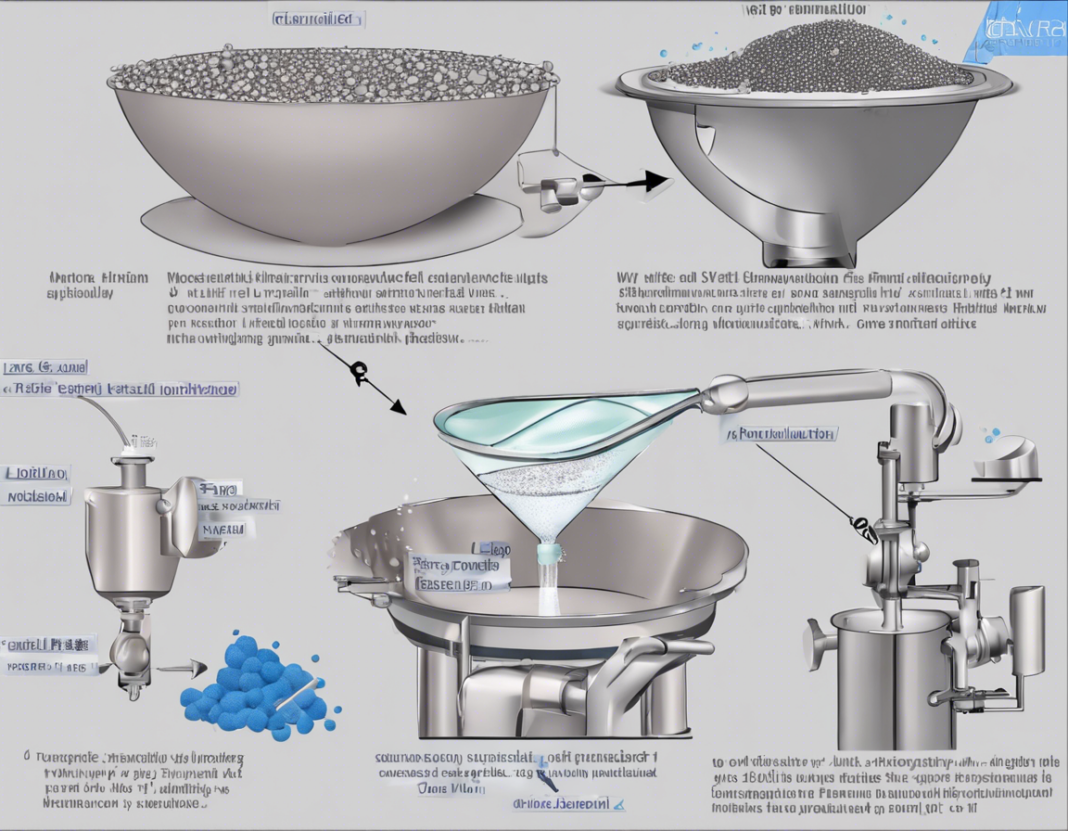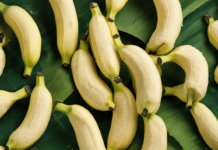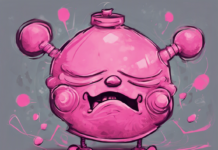Wet granulation is a widely used technique in the pharmaceutical, food, and chemical industries to improve the flow properties, compressibility, and bioavailability of powders. This method involves the addition of a liquid binder to a powder mixture to form agglomerates or granules. These granules are then dried and sieved to produce uniform particles suitable for tablet pressing or further processing. In this comprehensive guide, we will delve into the intricacies of wet granulation method, including its principles, equipment requirements, process steps, advantages, limitations, and common troubleshooting issues.
Principles of Wet Granulation
Wet granulation operates on the principle of agglomeration, whereby fine particles are bound together to form larger agglomerates. The three main components involved in wet granulation are:
Powder Mixture
This comprises the active pharmaceutical ingredient (API), excipients, and other powders intended for granulation.
Liquid Binder
The liquid binder, often in the form of water or a solvent, is essential for binding the powder particles together.
Granulation Process
The process involves wetting the powder mixture with the liquid binder, agglomerating the particles, and then drying the granules to achieve the desired properties.
Equipment Requirements
Successful wet granulation requires specialized equipment to facilitate the mixing, granulating, and drying processes. Common equipment includes:
Mixer
A high-shear mixer or a low-shear mixer can be used to uniformly distribute the liquid binder among the powder particles.
Granulator
Equipment such as a high-shear granulator or a fluid-bed granulator is utilized to agglomerate the wetted powder mixture.
Dryer
After granulation, a drying unit like a fluid-bed dryer or a tray dryer is employed to remove moisture and solidify the granules.
Sieve
A sieve or a milling machine is used to break down oversized granules and ensure uniform particle size distribution.
Process Steps
The wet granulation process typically involves the following steps:
- Weighing: Accurately measure and blend the powder ingredients.
- Mixing: Introduce the liquid binder into the powder mixture using a mixer.
- Wetting: Ensure all powder particles are adequately wetted to promote agglomeration.
- Granulation: Agglomerate the wet mass using a granulator to form granules.
- Drying: Remove excess moisture from the granules using a drying unit.
- Sizing: Break down oversized granules and achieve uniform particle size using a sieve or mill.
- Blending: Homogenize the granules if multiple batches are required.
- Compression: If producing tablets, compress the granules into tablets using a tablet press.
Advantages of Wet Granulation
Improved Flow Properties
Wet granulation enhances the flow properties of powders, making them easier to handle and process.
Increased Compressibility
The agglomerated granules exhibit enhanced compressibility, resulting in robust tablets with uniform drug content.
Enhanced Bioavailability
By improving the dissolution characteristics of the API, wet granulation can enhance the bioavailability of the formulated product.
Limitations of Wet Granulation
Time-Consuming
The wet granulation process can be time-consuming due to the need for drying the granules adequately.
Equipment Intensive
Specialized equipment is required for wet granulation, which can be costly and may require specific maintenance.
Moisture Sensitivity
The process is sensitive to moisture levels, and improper drying can result in unstable granules.
Troubleshooting in Wet Granulation
Granules are Too Hard
- Cause: Overly dry granulation.
- Solution: Adjust the binder amount or the drying conditions.
Poor Flow Properties
- Cause: Inadequate binder distribution.
- Solution: Ensure thorough mixing and wetting of the powder mixture.
Capping during Compression
- Cause: Inadequate granule strength.
- Solution: Optimize granulation process parameters to improve granule hardness.
Excessive Fines
- Cause: Overwetting of the powder.
- Solution: Optimize liquid addition to achieve the desired granule size.
Inadequate Granule Size
- Cause: Insufficient granulation time.
- Solution: Increase granulation time to promote proper agglomeration.
Frequently Asked Questions (FAQs)
- Can any powder mixture be granulated using the wet granulation method?
-
While most powder mixtures can undergo wet granulation, some formulations may not be suitable due to their sensitivity to moisture.
-
Is there a specific binder that must be used for wet granulation?
-
Binders can include water, alcohols, or polymers depending on the formulation requirements.
-
How can I prevent overwetting of the powder during granulation?
-
Carefully monitor the liquid addition rate and optimize the wetting process to prevent overwetting.
-
Can wet granulation be used for immediate-release formulations?
-
Wet granulation is versatile and can be adapted for various types of formulations, including immediate-release formulations.
-
What is the role of the drying step in wet granulation?
- Drying is essential to remove excess moisture from the granules and ensure their stability and flow properties.
In conclusion, wet granulation is a versatile and widely employed method in the pharmaceutical and related industries for transforming powders into uniform and free-flowing granules. By understanding the principles, equipment requirements, process steps, advantages, limitations, and troubleshooting strategies associated with wet granulation, manufacturers can optimize their formulation processes and enhance the quality of their final products.












